PROFIBUS Connectors and Termination Resistors
The connectors are used to connect the PROFIBUS cable to the PROFIBUS stations (as shown in Figure 1).

Figure 1 Use of PROFIBUS Connectors
On the PROFIBUS connector, there is an incoming port (In) and an outgoing port (Out), which connect to the previous and next stations respectively.
1. Each physical segment with two terminal stations needs to connect the network cable to the incoming port “In”, while setting the termination resistor to “On” (as shown in Figure 2).
2. For stations located in the middle of the segment, the network cable should be connected sequentially to the incoming port “In” and outgoing port “Out”, while the termination resistor should be set as shown (in Figure 2).
3. To facilitate system diagnostics and maintenance, it is recommended to use connectors with programming ports at least at the two terminal stations of each segment (as shown on the left side of the connector in Figure 1).
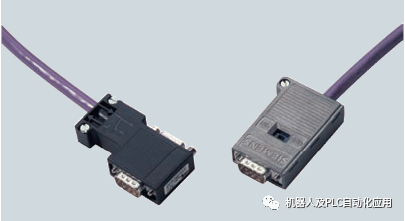
Figure 2 Connection and Settings of PROFIBUS Connectors
4. For terminal devices in the bus, they can be connected using wiring methods (not using PROFIBUS connectors), using the self-connected termination resistors as shown in Figure 6, or using the active termination resistors mentioned in item 6.
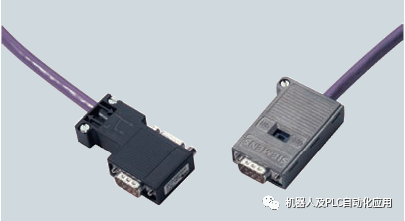
Figure 3 Composition of Termination Resistors
5. When the terminal device at the end position drops or is manually turned off, the resistor on the standard connector also becomes ineffective. Therefore, the overall network will lack termination resistors at this terminal, which may lead to network failures.
Siemens provides active termination resistors (6ES7 972-0DA00-0AA0) to ensure that the resistor at this terminal position remains effective.
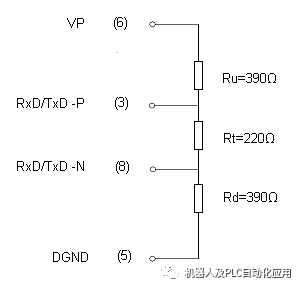
Figure 4 Active Termination Resistor
 Can the CPU be placed in the middle of the bus network?
Can the CPU be placed in the middle of the bus network?
Yes. As shown, when the CPU is placed in the middle position, the termination resistor should be set to OFF.
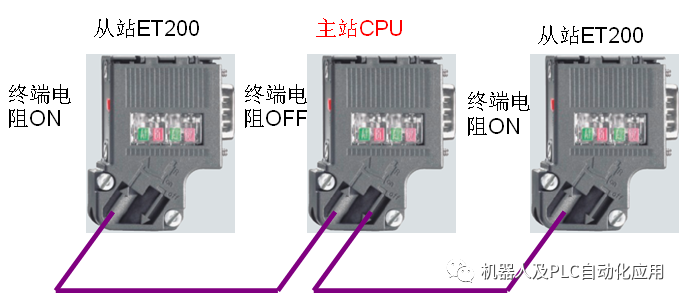
 If the PROFIBUS cable is broken or not long enough, can it be extended?
If the PROFIBUS cable is broken or not long enough, can it be extended?
It can be extended. You need to connect two cables together; do not simply twist the two copper cores together, as this will damage the characteristic impedance of the cable, leading to communication problems.
1. You can use a pair of connectors as shown in the figure below to connect the two cables that need to be joined.
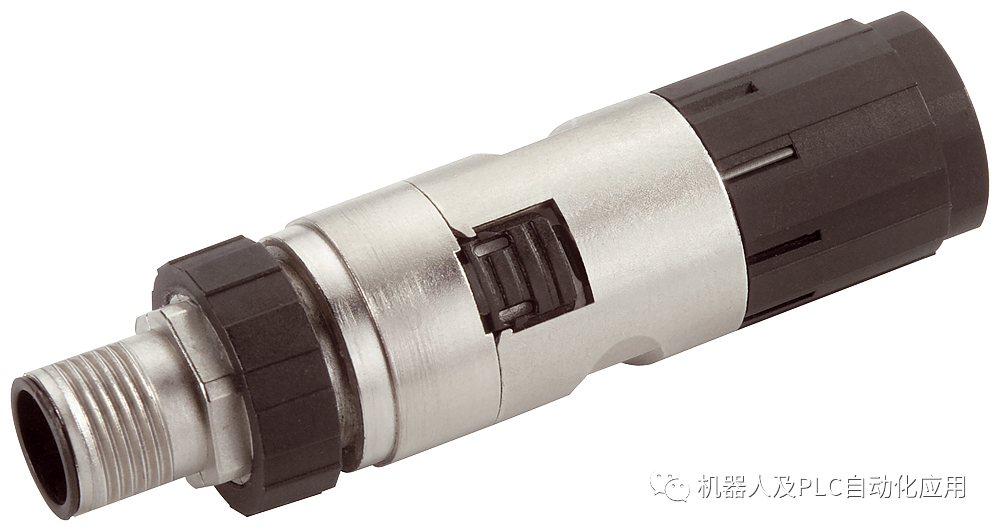
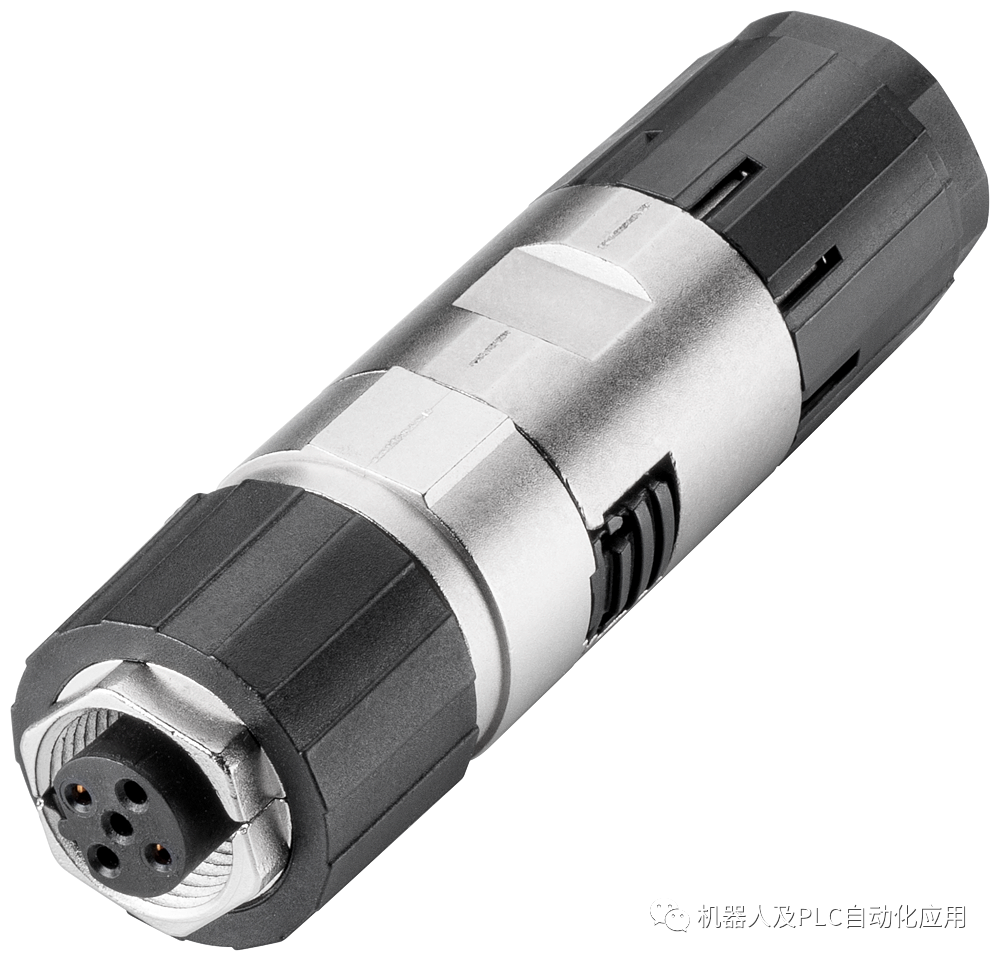
Order numbers: 6GK1905-0EA10 and 6GK1905-0EB10
2. You can also use a repeater to connect.
PROFIBUS Bus Installation Specifications
This section introduces the precautions for PROFIBUS installation, along with some on-site examples.
Precautions:
 Each network can theoretically connect up to 127 physical stations, including master stations, slave stations, and repeater devices;
Each network can theoretically connect up to 127 physical stations, including master stations, slave stations, and repeater devices;
 Each segment supports 32 physical devices (nodes); exceeding this number requires adding 485 repeaters, with a maximum of 9 repeaters per network.
Each segment supports 32 physical devices (nodes); exceeding this number requires adding 485 repeaters, with a maximum of 9 repeaters per network.
For the wiring and usage of 485 repeaters, please refer to: Introduction to Using 485 Repeaters
 The network supports multiple master stations, but it is not recommended to have more than 3 master stations in the same network;
The network supports multiple master stations, but it is not recommended to have more than 3 master stations in the same network;
 Generally, 0 is the address for the PG, 1-2 are master station addresses, 126 is the default address for some slave stations, and 127 is the broadcast address. Therefore, these addresses are generally not assigned to slave stations, so the DP slave stations can connect up to 124, with station numbers generally set between 3 and 125.
Generally, 0 is the address for the PG, 1-2 are master station addresses, 126 is the default address for some slave stations, and 127 is the broadcast address. Therefore, these addresses are generally not assigned to slave stations, so the DP slave stations can connect up to 124, with station numbers generally set between 3 and 125.
Network Wiring Rules
 Select Standard PROFIBUS Communication Cable
Select Standard PROFIBUS Communication Cable
The characteristic impedance of standard PROFIBUS communication cables is 150 ohms, which matches the termination resistor value when the PB head’s termination resistor is set to “ON”. If ordinary cables are selected, their characteristic impedance may not match the termination resistor, affecting communication performance;
Standard PROFIBUS cables are often double-shielded, providing good shielding effectiveness. Additionally, standard communication cables are twisted pairs, which can help suppress interference generated during signal transmission within the cable.
 Multi-Point Grounding of Shielding Layers
Multi-Point Grounding of Shielding Layers
When wiring the PROFIBUS cable inside the connector, the shielding layer must be stripped and pressed against the metal part inside the connector. This metal part is connected to the external metal part of the Sub-D connector. When the connector is plugged into the DP port of devices like the CPU or ET200M, it connects to the mounting base, which is generally connected to the cabinet shell and grounded, thus achieving grounding of the shielding layer.

Figure 5 Internal Wiring of PROFIBUS Connectors and Shielding Layer Treatment
Since grounding helps protect PLC devices and DP communication ports, all PROFIBUS stations are required to undergo grounding treatment, i.e., “multi-point grounding”.
 Wiring Rules (Important)
Wiring Rules (Important)
a. Different voltage level cables should be wired in separate conduits.
High voltage, high current power cables should be wired separately from low voltage and low current cables, and the conduit should be covered with a cover plate, preferably fully enclosed. If it is not possible to wire in separate conduits on-site, the two types of cables should be kept as far apart as possible, with a metal partition added in between, and the metal conduit should be grounded (Figure 6).
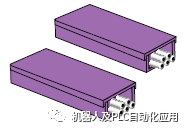
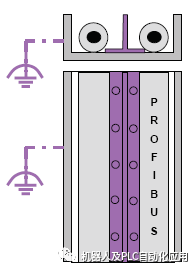
Figure 8 Cable Trays and Handling of Cables in Trays
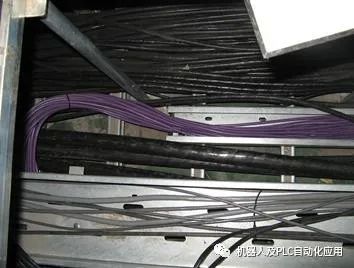
Figure 7 On-Site Wiring
The connections between cable trays should also ensure that they are connected with metal connecting parts over a large area, while paying attention to the connection of “grounding”.
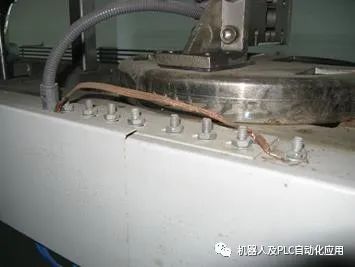
Figure 8 Connections Between Cable Trays and Grounding Treatment
b. When wiring communication cables separately outside the trays, consider using metallic conduits to protect the communication cables from damage and to help prevent EMC interference, but ensure that the external metallic conduit is grounded.
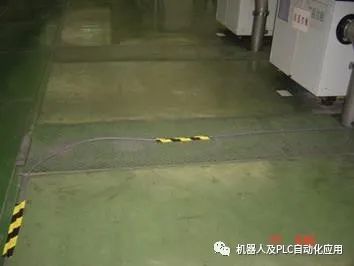
Figure 9 On-Site Communication Cables
The communication cables in Figure 9 are exposed and can easily be crushed. In similar situations, consider using conduits partially or entirely.
c. Avoid long parallel wiring of communication cables with power cables.
Due to the capacitive coupling between the two cables in parallel wiring, to avoid mutual interference, long parallel wiring should be avoided (Figure 10).
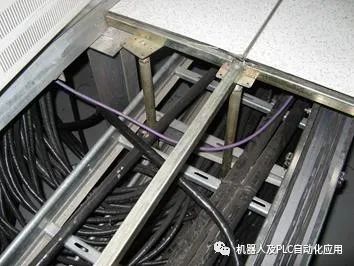
Figure 10 Parallel Wiring of Communication Cables and Power Cables in Trays
In Figure 10, the communication cables do not satisfy either principle a. or b., and instead run parallel to the larger power cables, making them more susceptible to interference from the power cables.
Cross wiring is acceptable:

The two crossed cables will not interfere with each other due to capacitive coupling.
d. Try to keep cables close to large metal plates (Figure 11)
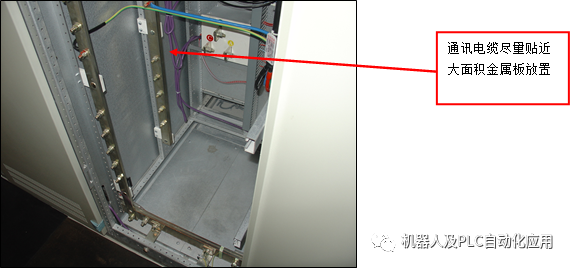 |
Figure 11 Communication Cables Close to Metal Plates
Communication cables should be kept close to large metal plates or “ground planes”.
e. When communication cables are too long, avoid forming loops (Figure 12).
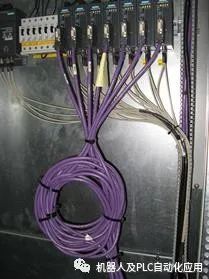
Figure 12 Formation of Loops in Communication Cables
If magnetic lines pass through the center of the loop, according to the “right-hand rule”, interference signals are likely to be generated.
In Figure 12, although the backplane is a large metal plate, since the project has been completed, there is no possibility of changing cable lengths. Therefore, it is still recommended that users cut the excessively long cables and place them in the cable tray inside the cabinet.
f. Equipment connected by communication lines should be at equal potential.
PROFIBUS connected stations may be widely distributed. To ensure communication quality, all communication stations should generally be at the same voltage level, i.e., they should be “at equal potential” (Figure 13).
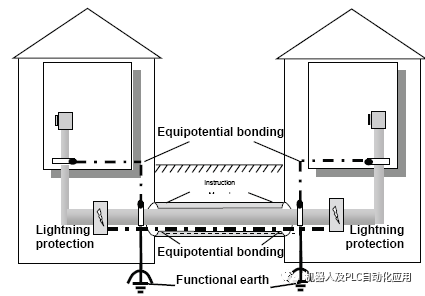
Figure 13 Communication Stations Should Be Grounded to Equal Potential
If there is potential difference between the “ground” of two stations, when the two devices are grounded, a potential difference will occur between the two grounding points, causing current to flow through the shielding layer of the communication cable, thus affecting communication. Therefore, equal potential bonding should be performed between the “grounds” of the two devices.
It is possible to connect the “grounds” of the two devices with an equal potential line, with specifications as follows: copper 6mm2, aluminum 16mm2, steel 50mm2.
Of course, this does not mean that all sites need to add extra equal potential lines at an increased cost; it is just a suggestion that if there is a potential difference at grounding points that affects communication or may cause equipment damage, improvements should be made.
If communication instability is caused by the grounding points themselves, such as strong interference present at the “ground” of a certain system, grounding the shielding layer at this point may instead affect PROFIBUS communication. Therefore, it is advisable to first address the “ground” issues before grounding the PROFIBUS shielding layer.
Providing a good “ground” for on-site equipment and implementing proper “grounding” is a prerequisite for improving EMC characteristics (Figure 14).
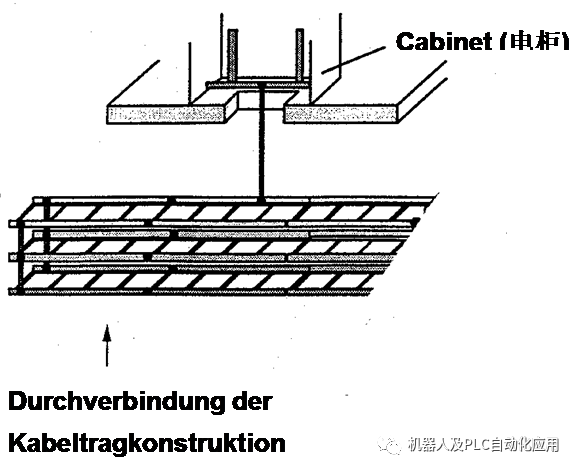
Figure 14 Good Grounding Design and Implementation of the System
g. Wiring of communication lines inside the electrical cabinet.
When wiring communication cables inside the electrical cabinet, the previous principles should also be followed, i.e., keeping away from sources of interference.
The routing inside the cabinet should be carefully designed to avoid running alongside high voltage and high current cables in the same tray (Figure 15), and avoid forming loops inside the cabinet, especially avoiding surrounding interference sources like frequency converters within a loop.
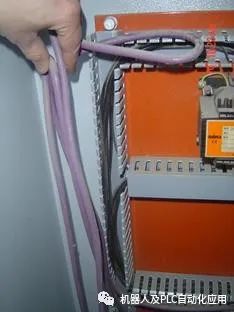
Figure 15 Interference Situations of Communication Cables and Power Cables Inside the Cabinet
Handling of Shielding Layers of Communication Cables Inside the Cabinet
 First, for the PROFIBUS connector, in addition to the previously mentioned requirement to press the shielding layer against the metal part of the connector, care should be taken not to strip the shielding layer too long, as it may expose it to space and become an easily interfered “antenna” (Figure 16).
First, for the PROFIBUS connector, in addition to the previously mentioned requirement to press the shielding layer against the metal part of the connector, care should be taken not to strip the shielding layer too long, as it may expose it to space and become an easily interfered “antenna” (Figure 16).

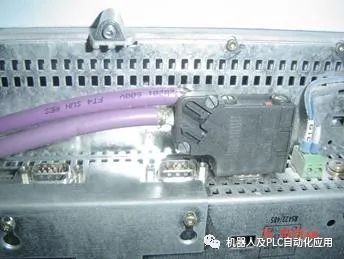
Figure 16 Exposed Shielding Layer Prone to Interference
 The shielding layer of communication cables should be grounded when entering and exiting the electrical cabinet.
The shielding layer of communication cables should be grounded when entering and exiting the electrical cabinet.
The shielding layer should ensure large area contact with the grounding copper bar (Figure 17).
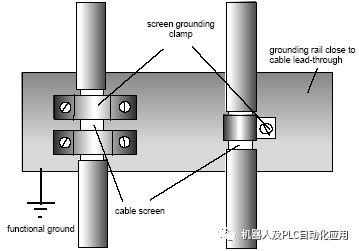
Figure 17 Grounding of Shielding Layers
The shielding layer of communication cables should be grounded when entering and exiting the electrical cabinet. This prevents external interference signals from entering the cabinet and also prevents interference generated inside the cabinet from affecting external devices (Figure 18).
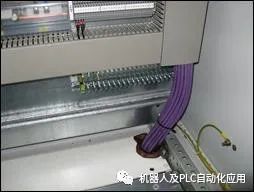
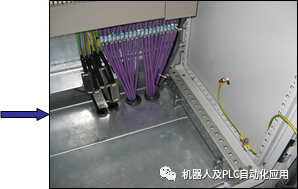 Figure 18 Grounding Treatment of Shielding Layers Inside the Cabinet
Figure 18 Grounding Treatment of Shielding Layers Inside the Cabinet
If the communication cable needs to be connected through terminals inside the cabinet, the shielding layer should preferably be connected on both sides of the terminal block (Figure 19).
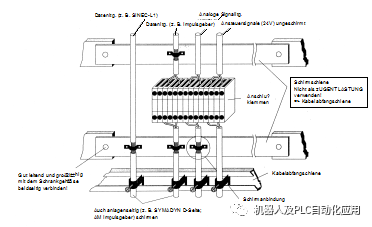
Figure 19 Shielding Layer Treatment When Communication Cables Are Connected Through Terminals
What should be avoided at this time is stripping the shielding layer too long and twisting it into one connection to the terminal (Figure 20). This method is known as the “pig tail” effect in the EMC field.

Figure 20 “Pig Tail Effect” at Shielded Cable Connection
In on-site connections, if the shielding layer is stripped too long, the communication cable will have a long section that is not protected by the shielding layer, and twisting the shielding layer into one will form an antenna, making it easier to introduce interference into the system (Figure 21).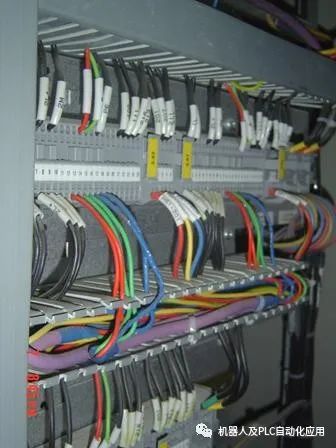
Figure 21 “Pig Tail” Connection of Shielded Cables
Overvoltage Protection
If there is a risk of overvoltage in the application, use direct-buried cables outside the cabinet and install overvoltage protection devices on the cables inside and outside the cabinet (Figure 40).
If lightning strikes, refer to lightning protection design standards for lightning protection design.

Figure 22 Overvoltage Protection Devices
Reducing the Impact of Frequency Converters and Other Interference Sources on Communication
Devices such as frequency converters, which have high power, can interfere with normal operation not only through power supply interference and spatial radiation, but as these devices also have the capability of PROFIBUS communication, the interference generated by these devices may directly enter the communication system. Therefore, EMC treatment should be applied to frequency converters.
First, the installation of frequency converters should be considered. Inside the electrical cabinet, try to replace painted back panels with galvanized back panels (Figure 23) to improve EMC characteristics.
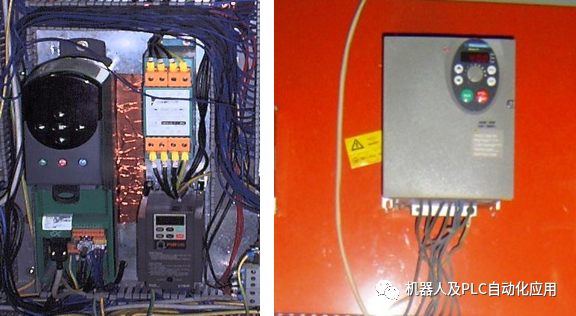
Figure 23 Using Galvanized Back Panels Instead of Painted Back Panels
The outgoing lines of frequency converters should also undergo corresponding EMC treatments, such as using shielded communication cables with grounding, using shielded power cables with grounding, or using ferrite magnetic rings for filtering (Figure 24).
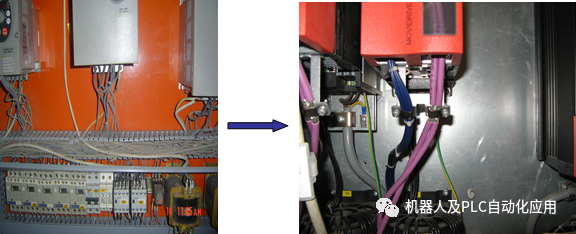
Figure 24 Standard EMC Treatment for Frequency Converter Cables